WASHINGTON, D.C.—June is Men’s Health Month, and the American College of Emergency Physicians (ACEP) has suggestions for men to reduce their health risks and recognize when they need to go to the emergency department.
“Many men have a risky record of downplaying symptoms that could be medical emergencies,” said Gillian Schmitz, MD, FACEP, president of ACEP. “Men, and really everyone, can reduce their risks by focusing on prevention and promptly addressing any worrisome or unusual health issues.”
Four of the most common reasons that men require emergency medical attention are:
1. Stomach pain led to more than three million emergency visits in 2019 for men ages 15 to 65, according to the Centers for Disease Control and Prevention (CDC). Mild stomach pain can be managed as directed by a physician or treated at home. When stomach pain is so severe it becomes hard to stand up, or does not ease within 30 minutes, it is time to seek emergency medical attention. Sudden pain can be a sign of disease, obstruction, or a dangerous internal tear. Continuous severe pain, or pain accompanied by unusual tenderness or stiffness, persistent vomiting, dizziness, or coughing up blood, can be signs of a life-threatening emergency.
2. Chest pain. Heart disease is the leading cause of death for men and women in the United States. However, many men are known to ignore the warning signs of a heart attack or wait until symptoms become unbearable before seeking help. A heart attack is not always a sudden event and delaying medical attention for chest pain can be incredibly dangerous. Warning signs include uncomfortable pressure, fullness or squeezing in the center of the chest that lasts several minutes or goes away and comes back. Less common warning signs for men include shortness of breath, nausea or dizziness, unexplained weakness or fatigue, heart palpitations, or cold sweats.
3. Back injuries. Emergency departments are packed with men who overestimate their handyman skills or injure themselves during recreation or exercise. Common causes of back injuries include falls from rooftops and tumbles from ladders. Other frequent culprits are falls from trees during hunting season, or muscle injuries after unusual or intense physical activity. Suspected neck or back injuries should always be taken seriously because of the risk of paralysis or spinal cord damage.
4. Headache was the reason for more than a million emergency visits by men in 2019, according to the CDC. Most headaches can be relieved with over-the-counter medication or behavior changes, such as improving sleep habits. A “cluster headache” is one of the most distinct and painful headaches seen in the emergency department, and it is five to eight times more prevalent among men. These headaches tend to involve intense pain behind one eye. Seek emergency care if headache pain does not subside with medication, if the frequency, duration, or severity is notably different from past headaches, or if a headache is accompanied by fever, confusion, slurred speech, weakness, or numbness, especially on one side of the body. A sudden severe headache with no known cause is one of the less common signs of a stroke.
Not all men’s health risks are physical. Mental health emergencies are on the rise and men are dying by suicide at more than three times the rate of women, according to the American Foundation for Suicide Prevention. “We have to break the mold and reduce the stigma associated with asking for help,” said Dr. Schmitz.
Emergency physicians advise regular check-ups, exercise, and routine cancer screenings, especially for prostate cancer, the most common cancer among men.
“This month is a good reminder for men everywhere to lean into self-care and healthy choices,” said Dr. Schmitz. “But when there is any reason to believe a medical emergency is occurring, do not hesitate to seek emergency care.”
 American College of Emergency Physicians
American College of Emergency Physicians







